Author: rui trailer Publish Time: 03-13-2024 Origin: Site








There are many man-made reasons that directly kill billions of birds every year, and wind power is clearly not the primary factor. Unfortunately, although the vertical axis wind turbine has a smaller blade tip speed ratio and less noise and impact on birds, this cannot be used as a development advantage for vertical axis wind turbines because any wind turbine has less impact on birds.
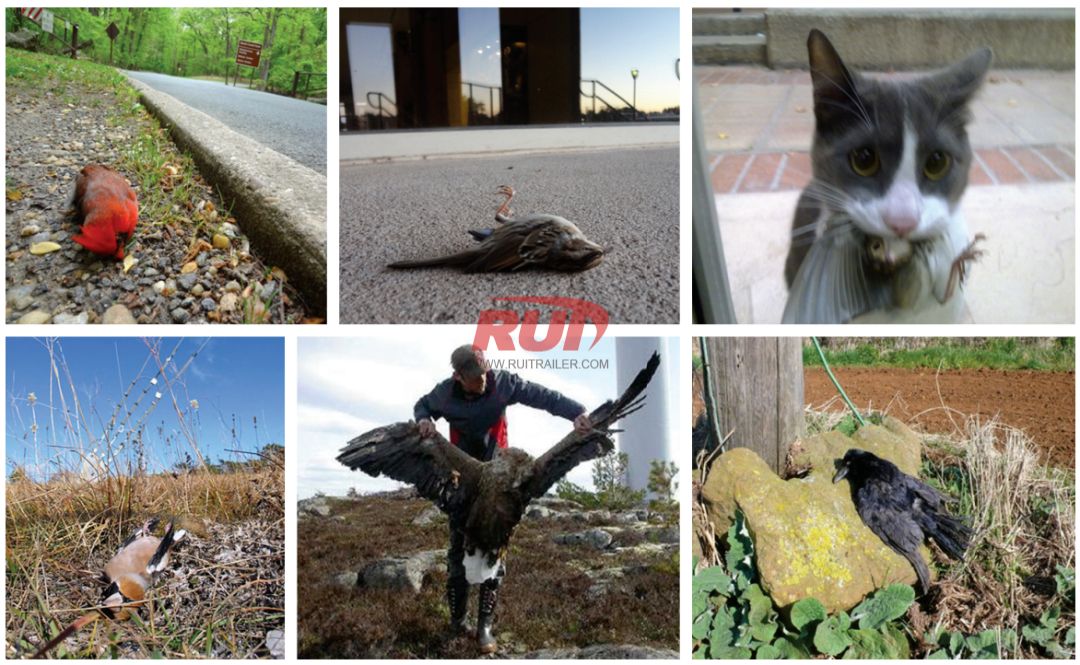
With its low development cost and eco-friendly environment, wind energy is the "leader" of today's green and clean energy. But under the propaganda of the mainstream media, people often ignore its unknown side. More than 10 years ago, video footage of an eagle being shot down by a windmill blade circulated on the Internet, and the full version was about 30 seconds long. Based on the egg-shaped nacelle, as well as the shape of the blades, it is roughly inferred that it may have been an early German Enercon unit. After several searches on the Internet, the source and other information have not been found, and the time and place of the accident are no longer available. But it's hard to argue that windmill blade do kill birds, even eagles at the top of the food chain.
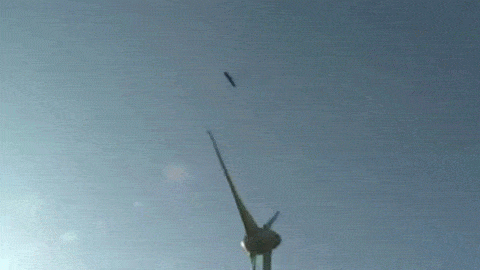
Rows of staggered "big windmills" spin slowly, like white and flawless "angels" dancing in the wind. As everyone knows, in the dark night when they can't see their fingers, they may look like cold-blooded executioners wielding three blades. Countless species of birds, from sparrows to vultures, have been killed, and bats, the only mammals that can fly, have been poisoned.
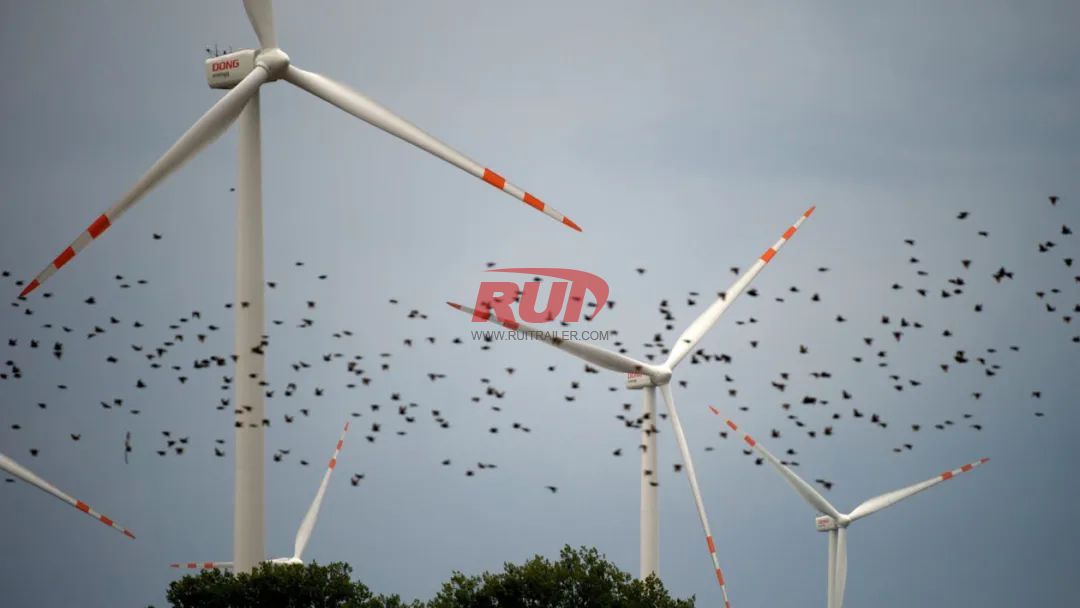
Wind power tram problems
In the middle of the 20th century, fledgling wind turbines were dressed as clean and environmentally friendly, and won the support of many people in Europe and the United States. With the large-scale construction of wind farms, bird carcasses have been found on the ground where wind turbines are installed. This immediately caught the attention of environmentalists, who were already on the fence about wind power, who began to doubt the true nature of wind power, and as similar reports emerged, there was solid evidence that wind turbines did pose a threat to the safety of birds.
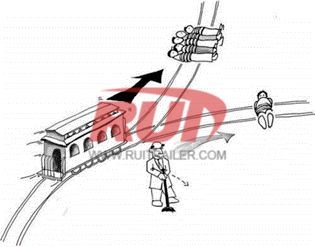
At this time, however, there were divisions within environmental groups: one group believed that wind power was a powerful solution to the energy crisis and carbon emissions, and insisted on supporting wind power even at the expense of a small number of bird lives; On the other hand, the other faction is in opposition, arguing that it is urgent to prioritize the protection of birds and the preservation of the ecological environment, and insist that the further development of wind power be restricted. This problem has become a train problem in the early development of wind power.
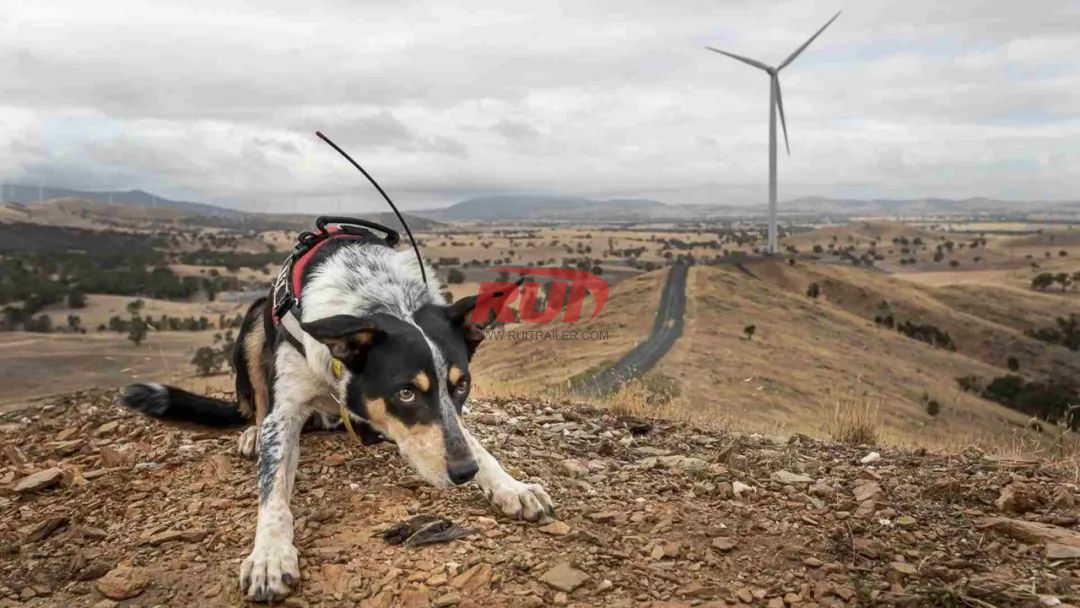
Due to the difficulty of sampling large areas in the wild, ground-based predators may have disposed of the carcasses before investigators could find them. As a result, the actual number of fatalities is much smaller than the real data, and the harm caused by wind turbines is far more alarming than the results of the survey on paper.
The hidden truth is revealed
As surveys of wind farms across the U.S. are in full swing and deeper, statistics show that wind turbines don't seem to have much of an impact on bird mortality compared to traditional man-made objects such as window glass and communication towers. Collisions with wind turbines kill about one-tenth of all "unnatural" birds in the U.S. each year, and wind turbine blade are far less harmful than feral cats, high-voltage electricity, pesticides and even cars.
Survey reports show that most wind farms do not pose a serious threat to the lives of birds, and only a few winds farms cause large-scale bird deaths. In the early days, wind turbines were widely installed in wind farms, and most of them used truss towers, which became an ideal habitat for many birds due to their beam-like structure for easy nesting, so the birds had a high impact rate. The second is wind farms located on the bird's migration path or near their habitat, and migratory birds tend to follow the route passed down from their ancestors. Even the spinning " wind turbine blade" and loud noise in front of them are hard to stop them from moving forward, so the number of birds that fall from these wind farms is often staggering.
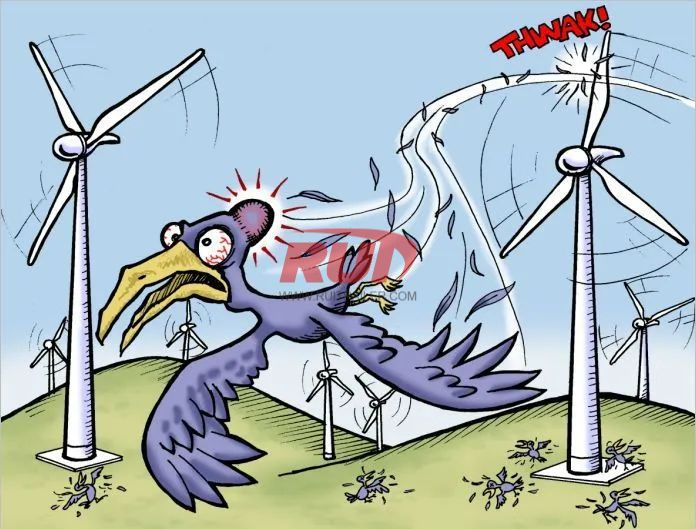
After understanding the ins and outs of the whole incident, the Bird Protection Society decided to remove the long-standing label of "bird killer" on wind turbines and continue to support the development of wind power. However, it requires wind farm developers to conduct strict reviews and reasonable layout of wind turbine blade in the early stage of wind turbine construction, although wind turbines are unlikely to have no impact on birds, but should try to reduce the number of such casualties and reduce the injuries.
Airport bird repellent is not available for wind farms
For wind farms that have already been built, only effective bird repellent measures can be taken to reduce the bird casualty rate. Wind farms have not been developed on a large scale for a long time, but they have a "long history" of bird repellent problems. Since the advent of airplanes, tragedies caused by collisions between airplanes and birds have been common, and even now, the problem has not been effectively solved. When a pigeon weighing a pound collides with an aircraft with a speed of 370 km/h, the impact can reach up to three tons, which is equivalent to the power of a shell. The most serious aviation accident is the Fédération International and a worldwide problem.
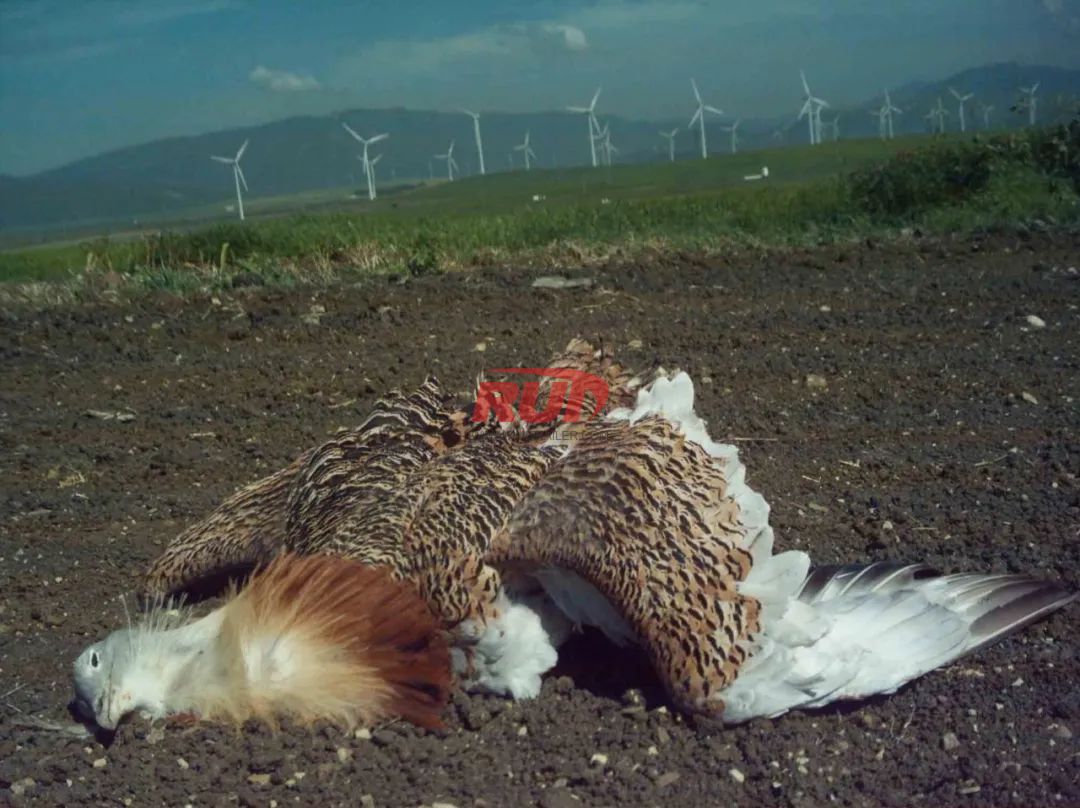
The means of repelling birds at the airport include scarecrows, inflatable people, automatic lasers, firecracker shells, noise sound, gas cannons, bird repellent agents, bird repellent guns, bird resellers, bird repellent vehicles, bird detection radar, horror eyes, etc., which can be described as varied. However, until now, there is still no all-round bird repellent method that can solve the problem of full airspace and full time in large and small airports around the world. The irony is that humans have built all kinds of large planes through a hundred years of hard work, but they are helpless against the tiny birds.
The means of repelling birds at the airport include scarecrows, inflatable people, automatic lasers, firecracker shells, noise sound, gas cannons, bird repellent agents, bird repellent guns, bird resellers, bird repellent vehicles, bird detection radar, horror eyes, etc., which can be described as varied. However, until now, there is still no all-round bird repellent method that can solve the problem of full airspace and full time in large and small airports around the world. The irony is that humans have built all kinds of large planes through a hundred years of hard work, but they are helpless against the tiny birds.
Wind energy takes more time
In the past two decades, with the rapid increase in the installed capacity of wind power around the world, bird casualties have occurred frequently. Some extreme environmentalists have begun to promote conspiracy theories about wind power, while wind power companies have chosen to avoid talking about them, which is not conducive to solving the problem properly. While nearly 150,000 birds in the U.S. are affected by wind turbines each year, climate change, caused by fossil fuels, is the top threat to birds, according to the journal Energy science. In addition, according to the Audubon Society (an organization that protects birds), two-thirds of the country's wild birds are threatened with extinction due to climate change, especially those that inhabit the Arctic, forests and lakes.
Human development will inevitably have an impact on the ecology to a greater or lesser extent, and there will never be a way to use energy that has no impact on the environment. We must admit that wind power has harmed some birds, including some endangered protected animals. At the same time, we also hope that all organizations will understand that wind power, as a young energy source with arduous responsibilities, has room for further improvement in its technical level, and with the deepening of relevant research, such as bird safety problems will gradually put forward an optimal solution.
While we enjoy the power that nature provides, we rarely realize that birds are being killed in a grand manner. For us ordinary people, perhaps the most practical and effective way to protect birds is to save electricity, and that's it.